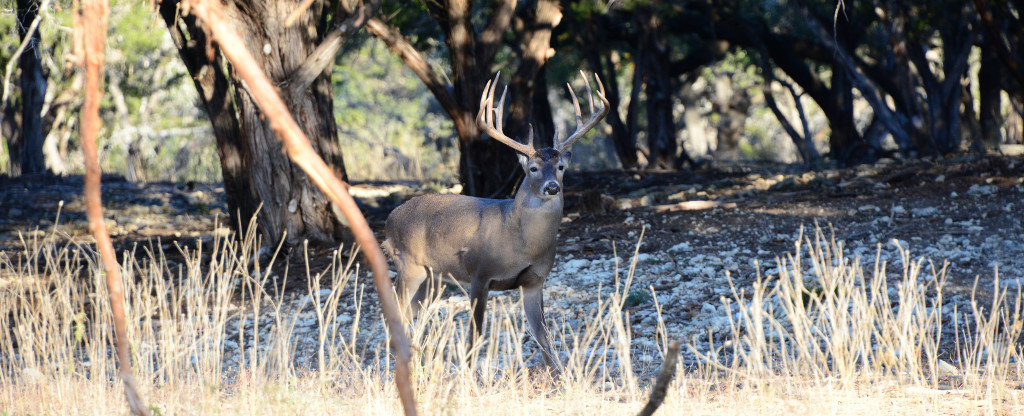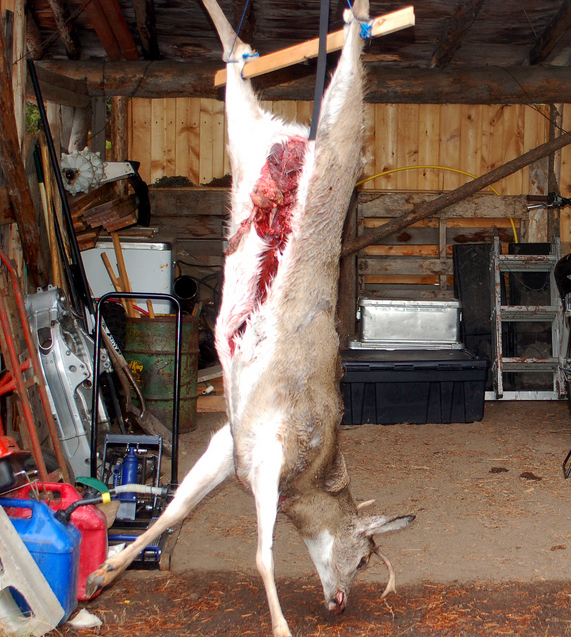Planting a food plot can be a surefire way to attract deer to your property, while also providing them with the nutrients they need to grow big and strong. However, it's not as simple as just throwing out some alfalfa, corn or soybean seeds and hoping for the best, as there are a number of different factors that can play a major role in whether or not your plot is successful. From the location, size and shape of your plot to the soil composition and type of forage you plant—planting, growing and maintaining a food plot requires more than a little bit of planning, patience and energy to achieve the best possible results.
With the best food plot for deer, you can encourage those big bucks to stay on your property, promote healthy growth and ensure you've got a clean shooting lane when the season rolls around. However, if you don't take the time to properly plan out your deer food plot, you could actually end up doing more harm than good, thus lowering your chances of a successful hunt in the coming season.
Low yields due to planting the wrong type of seed for your soil or area, planting too large of a plot that prevents deer coming within range of your rifle or bow, or growing a plant that is dead or overgrazed before the hunting season even starts—there are a variety of common mistakes made by many amateur food plot farmers, all of which can seriously lower your chances of bagging that trophy buck. Still, it doesn't take a green thumb to successfully grow a productive food plot that will keep the deer on your property all year round, which is why we've produced this guide to help get you started.

Image from unwiht
A Guide to Choosing Food Sources
As grazers, deer tend to eat a variety of different foods throughout the year, from grasses to legumes, fruits and cereal grains. Obviously, deer eat whatever is readily available, which is why their diets constantly change throughout the year depending on whatever of their favorite plants are in season.
This is important to note when considering what to plant in your food plot, as if you only plant one type of seed, the deer could possibly abandon your plot as the critical moment should another food source that they prefer suddenly become available. For this reason, most experts recommend sowing a mix of several different types of plants in your plot in order to ensure a variety of food is available.
Planting several different species is also effective at ensuring the deer graze at the plot throughout the year, which is achieved by growing plants that mature at different types. The best food plot for deer in the winter is obviously not the same as the best food plot for deer in summer. The key is to try to extend the growing season of your plot for as long as possible. For best results, you'll want your plot to begin growing in the early spring to begin attracting the deer and ensure you have some plants that continue to keep growing and maturing throughout the hunting season.
No matter where in the country you live or the condition of your soil, you can easily find a number of different plants ideally suited for a food plot. However, these two factors are vital when determining what to plant. Fertilizer is another key component you'll need to consider, as it's imperative that your soil has enough nitrogen, phosphorous, potassium and other nutrients to ensure proper growth. While you'll obviously want to use the proper fertilizer when you sow the seeds, the type of plants you choose also play a role in how much you'll need to fertilize.
While most plants draw up available nitrogen from the soil, legumes such as clover, soybeans, peas and alfalfa have the ability to fix nitrogen from the air instead. Not only do they take up enough nitrogen for their own needs, but they actually transfer excess nitrogen back into the soil for use by any neighboring plants. Combine this with the fact that deer tend to love munching on these legumes and you'll understand why they are among the most popular and widely used food plot plants. Legumes are also highly prized due to their high protein content and other easily digestible nutrients. Still, most experts recommend planting a blend of legumes and other crops.
White Clover
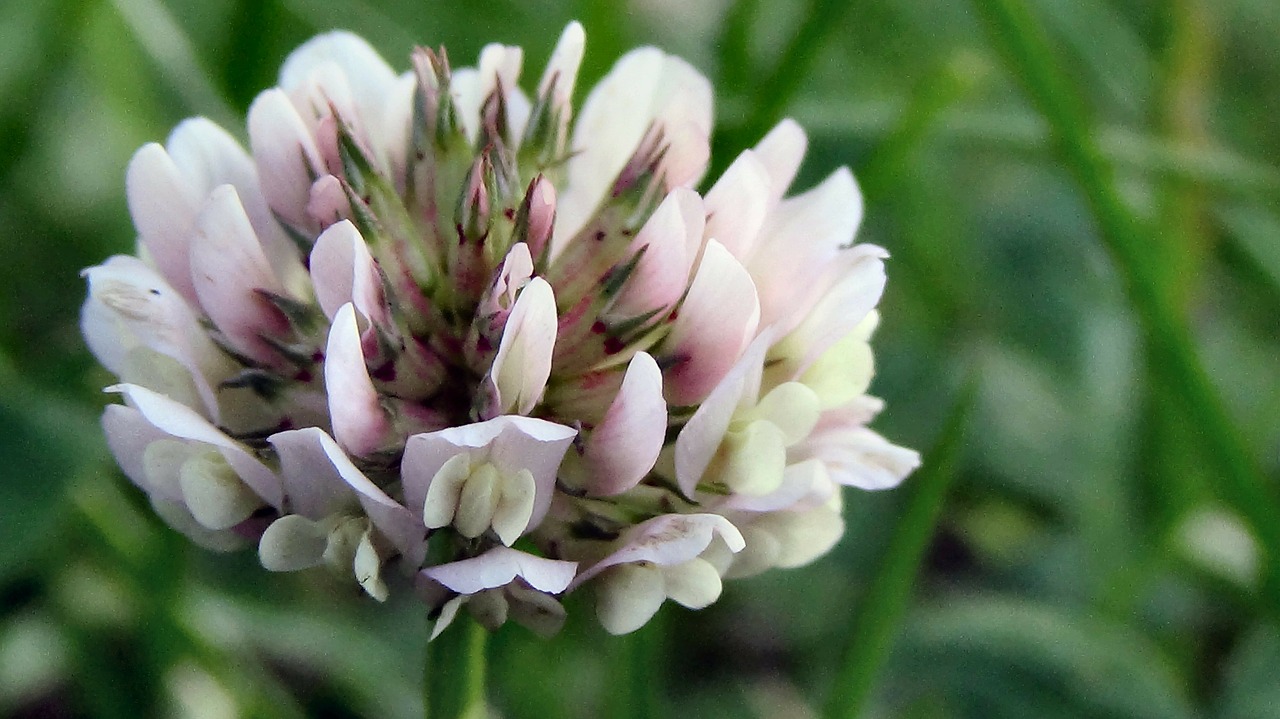
White Clover
One of the longest growing, most productive and most palatable of food plot crops, white clover (including ladino) is undoubtedly one of the best choices. Better still, white clover is a perennial crop, capable of continuing to grow for between five to 10 years with proper care and management. Depending on where you live, it should produce quite a bit of forage for anywhere between six and 10 months, and it's generally quite easy to grow.
However, it's quite sensitive to acidic soil (generally requiring a minimum pH of 6.0) and also vulnerable to drought. As there are a huge number of different varieties available, it's important to choose one that grows well in your area/climate.
Red Clover
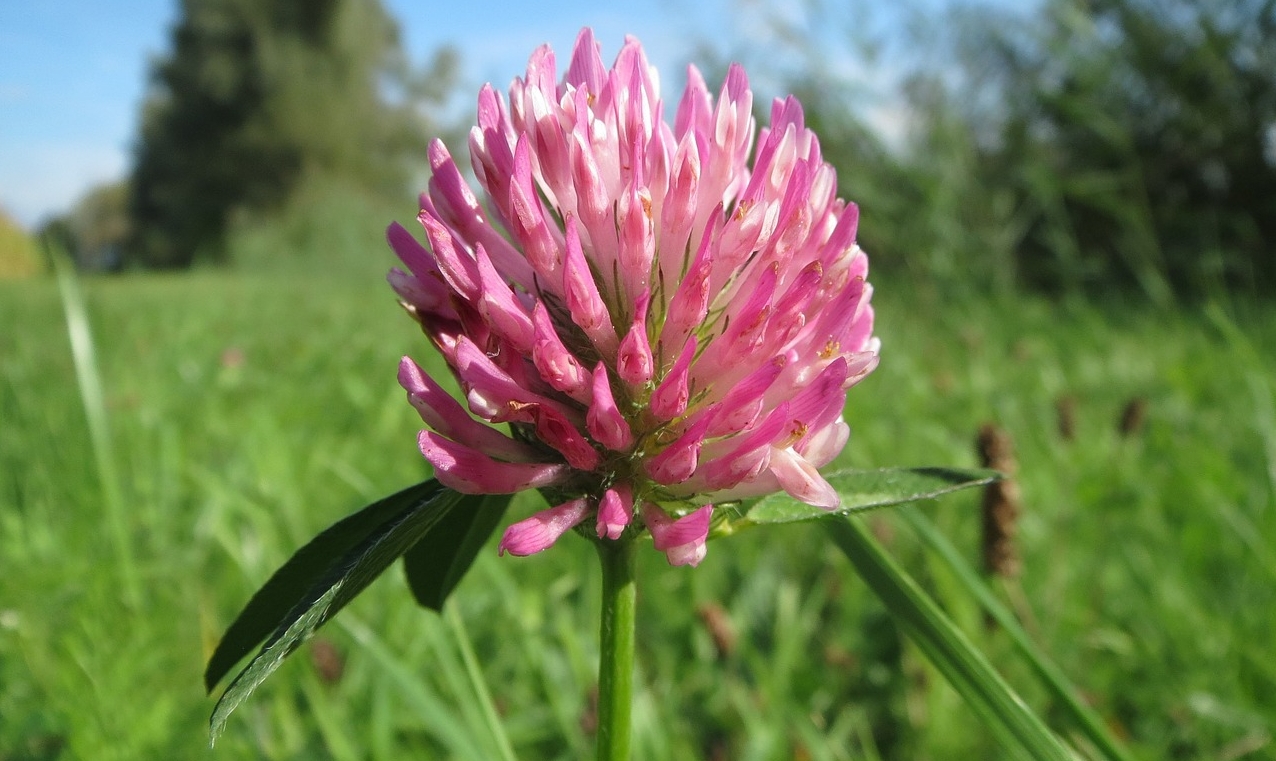
Red Clover
Like white clover, red clover is a highly productive species, which actually grows better than white during the earlier months. In fact, it could be the best food plot for deer in spring. For this reason, the two species work well when planted together, along with another species of grain, grass, etc. Red clover generally requires the same soil and water conditions as white. In the north and eastern US, it generally grows as a perennial or biennial, while it acts as an annual in the deeper South. Both white and red clovers are also susceptible to weeds, so it's a good idea to mow the plot regularly to keep competition at a minimum.
Alfalfa

Alfalfa
Alfalfa fixes more nitrogen into the soil than any other legume, while also tasting great and containing a great deal of nutrients. This makes it a great choice for food plots. However, it can be quite difficult to get the crop established and also to maintain due to its vulnerability to weeds, insects and acidic soils. For this reason, it's probably best saved for those with a bit more experience, as it can be hard to achieve decent results if you don't know what you're doing.
Chicory
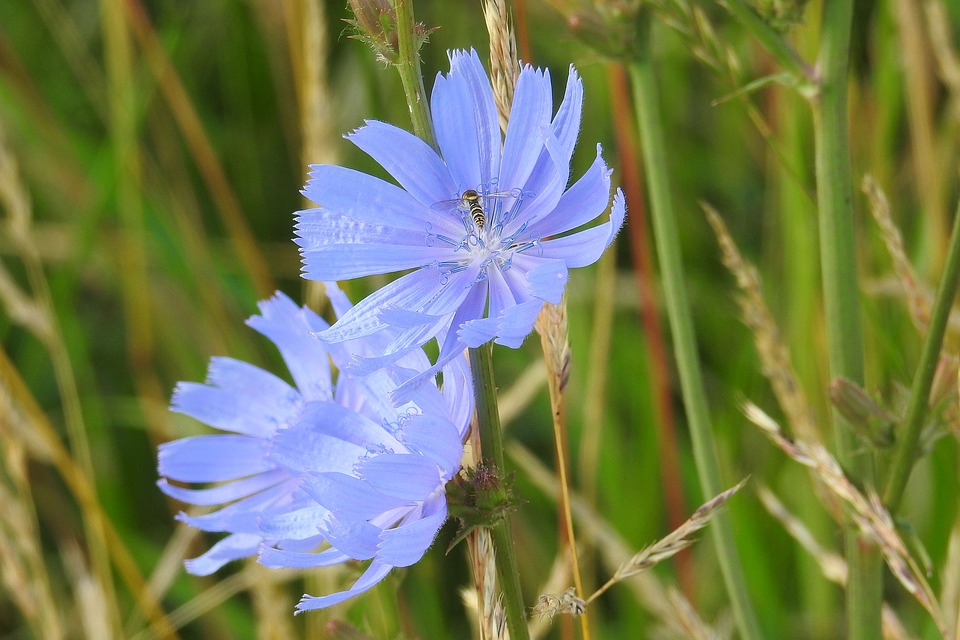
Chicory
Chicory is quite productive, easy to grow and drought tolerant, making it a great choice to sow alongside clover and grain. In most cases, deer tend to prefer it in the early spring or summer. Therefore, you need to make sure you plant it with something else that will keep them coming back once the leaves start falling.
Wheat, Rye & Oats

Wheat
Grains like oats, wheat and rye are all decent food plot choices. However, they really need to be planted with other crops, as they can easily be overgrazed on their own. In most cases it is best to stick with only one or two grains, choosing whichever one works best in your area/soil. Oats and wheat are generally preferred, although rye generally works best in more acidic soil and requires fewer nutrients. If you live in the North, oats should only be used if sown in the spring, as otherwise they will likely die in the winter if sown in the fall.
Soybeans

Soybeans
Although they can be expensive and difficult to establish—generally working better in larger fields—soybeans can make an excellent food plot when grown correctly. In fact, the high protein content of this crop makes it the best food plot for deer antler growth and amongst the best food plots for whitetail deer.
Brassicas
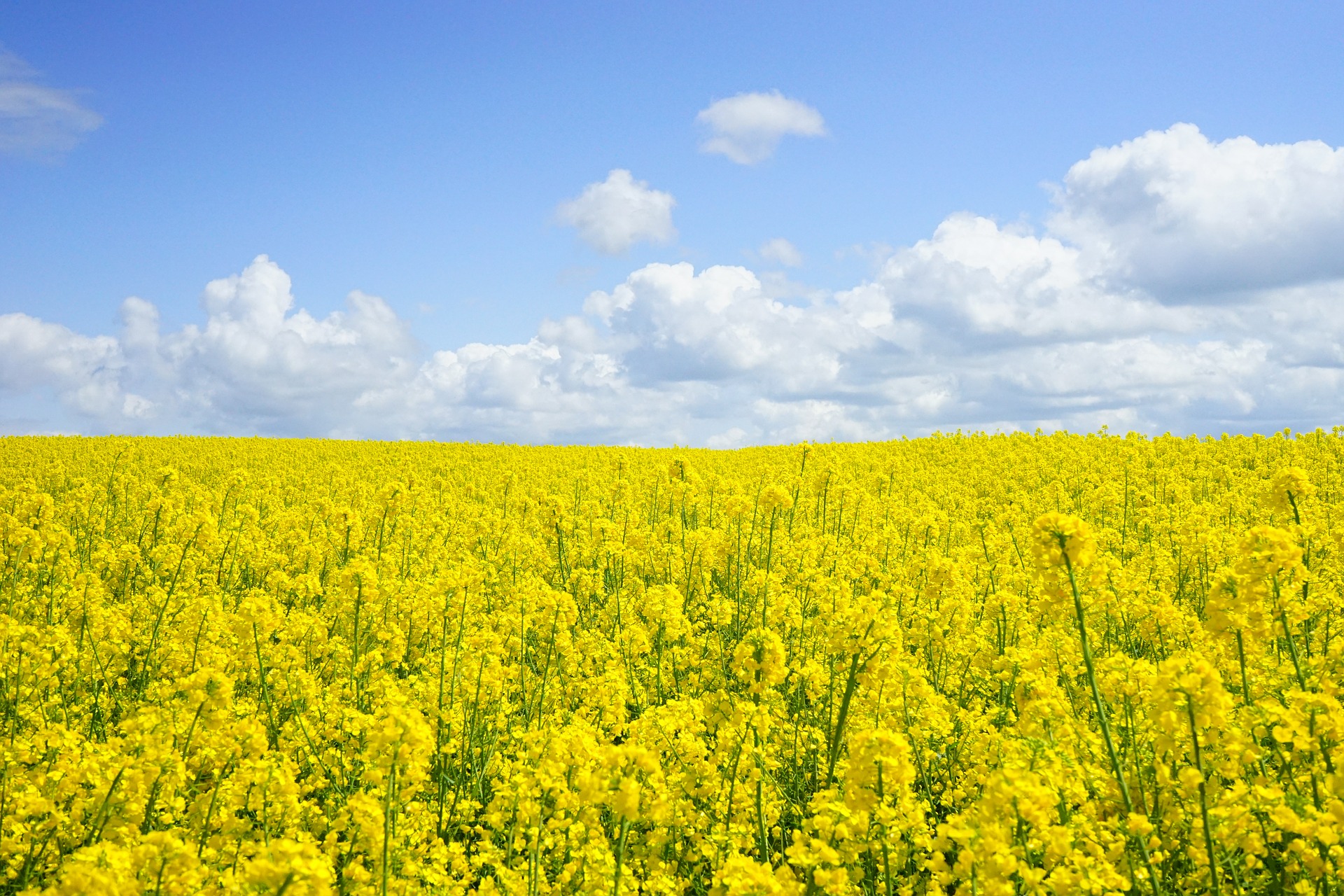
Rapeseeds
Turnips, kale, rape (canola) and trophy radishes are all examples of brassicas, a type of bulbed plant that can offer an excellent food source during the late fall and winter. After the first frost, the sugar inside the plants moves out to the leaves, sometimes making them an ideal food plot crop. However, not all users experience similar results with brassicas, as sometimes the deer will completely avoid them until after numerous frosts while other times the deer will start eating them as soon as they sprout.
All brassicas are generally easy to grow, highly drought tolerant and resistant to acidic soil. They also work well in sandy soil. When planted alongside wheat, any of the brassicas rank among the best food plot for deer in fall, as they can be planted later in the year and still be productive.
Choosing the Location and Size of Your Plot
The location of your food plot is critical, as it should be somewhere far away from prying eyes where the deer feel entirely safe to graze. It also needs to receive adequate sunlight and ideally be close to a water source. As well, it needs to be in an area where you can set up your tree stand for a good shot, without having to worry about the wind blowing your scent across the plot.
Generally speaking, there are two types of deer plots; feeding plots and kill plots. However, unless you happen to have a larger property, you'll probably just want to focus on the smaller kill plot, i.e. the place where you'll be hunting. The key component to choosing the size of your plot is the range of your weapon, as the entire plot needs to be within range. In most cases, more narrow rectangular plots are preferred, as they provide a longer path for deer to graze on their way through.
Best Food Plot for Deer Planting Tips
There are a number of tips that can help your plot to grow more productively. First and foremost is to check the condition of your soil by having a soil test performed, which will give you an insight into the pH and nutrient content. In most cases, it will be necessary to raise the pH of the soil by applying lime.
Before planting, it's always important to fully prepare the plot by first using an herbicide to kill all competing plants. Then you'll want to loosen and till the soil before sowing the seeds. As most seeds used in food plots are tiny, it's important that you cover them with no more than 1/4 inch of soil to ensure they sprout. You can also simply toss the seeds out on the ground before a rain and they'll plant themselves.
Choosing the Best Deer Food Plot Mix
When it comes time to plant your food plot, you can either buy the individual seeds and make your own blend or simply choose one of the many excellent food plot blends on the market. While buying the species individually gives you much greater control over the exact ratios of clover and other plants, many hunters prefer the simplicity of the pre-mixed food plot blends.
There are a great number of different brands and blends available nowadays, many of which could be excellent choices depending on where you live. However, all of the following products have been thoroughly tested and are known to provide outstanding results.
Whitetail Institute FUSION Clover & Chicory Food Plot Seed
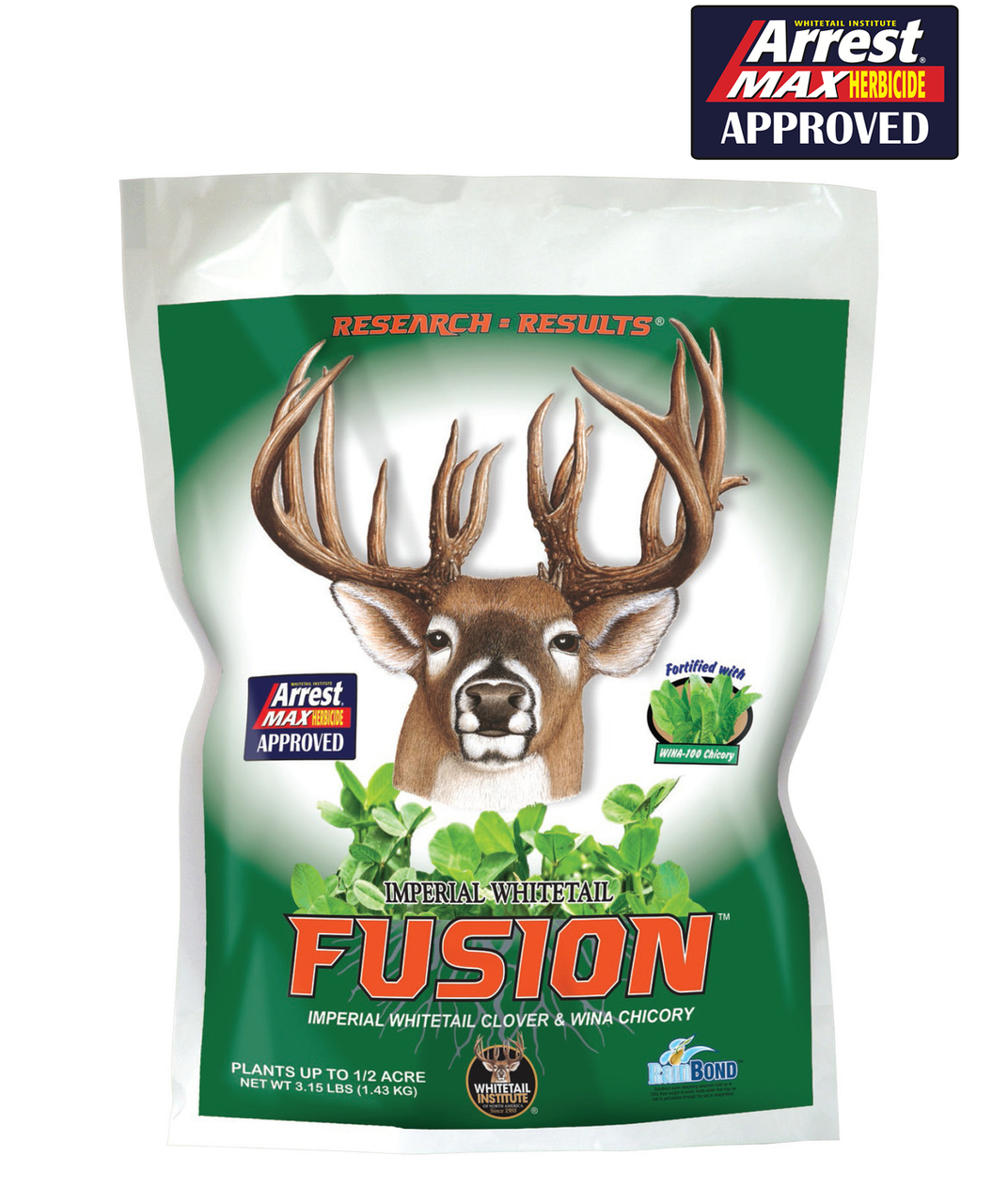
Image from WhitetailInstitute.com
A blend on imperial white clover and late-growing chicory, this blend contains a whopping 44-percent protein content to ensure those bucks grow big and strong. This perennial mixture can be planted in either the spring or fall and works well in a wide range of climates and soil types. A single planting should give you at least five years of productive growth.
Antler King Honey Hole Food Plot Mix
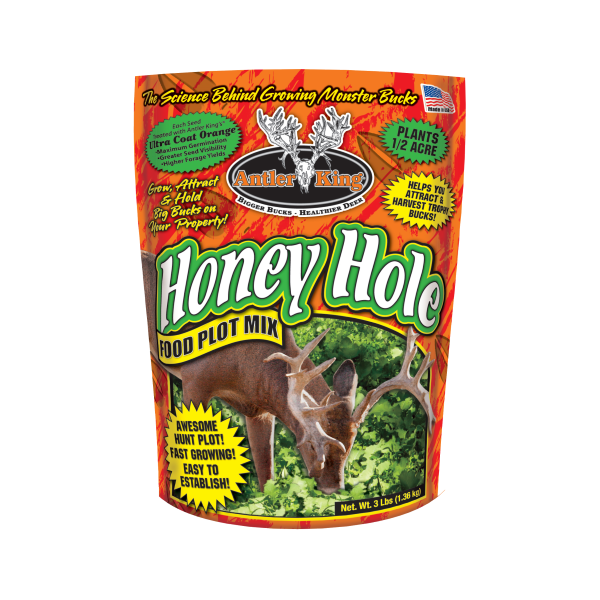
Image from AntlerKing.com
This blend of brassicas (contains five varieties of rape and turnips) is the ideal choice for luring the deer close enough for a shot, as these species will begin growing and attracting the deer in late summer or early fall. This blend can either be used on its own for a kill plot or combined with earlier growing species to attract deer year round.
Evolved Habitats Mean Bean Crush Food Plot
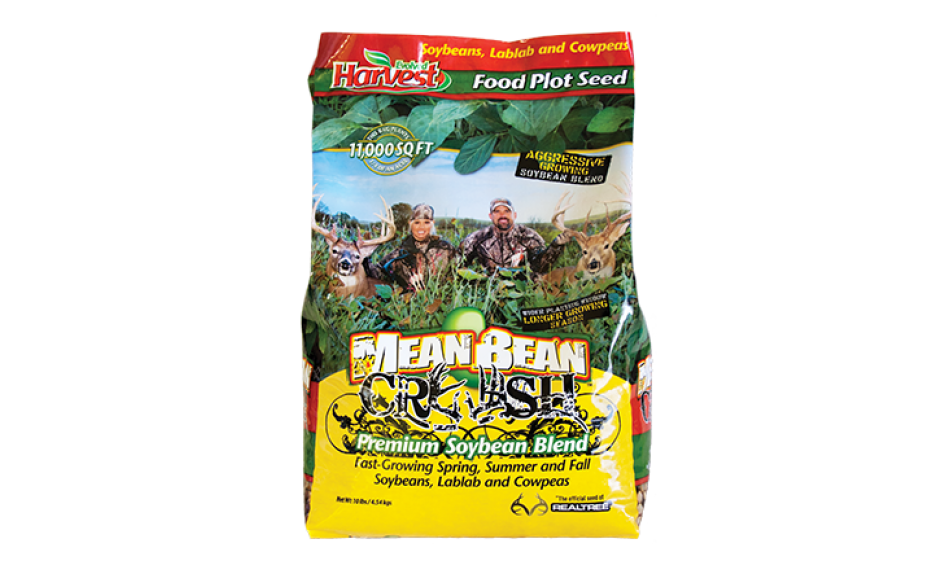
Image from Evolved.com
Although soybeans can be tougher to grow, if you've got the time and patience to try it, then this blend is an outstanding choice. Containing a mix of soybeans, cowpeas and Lab Lab, this is a fast and long-growing blend that provides incredibly productivity from early spring through late fall.
Antler King No Sweat No Till Plot Mix
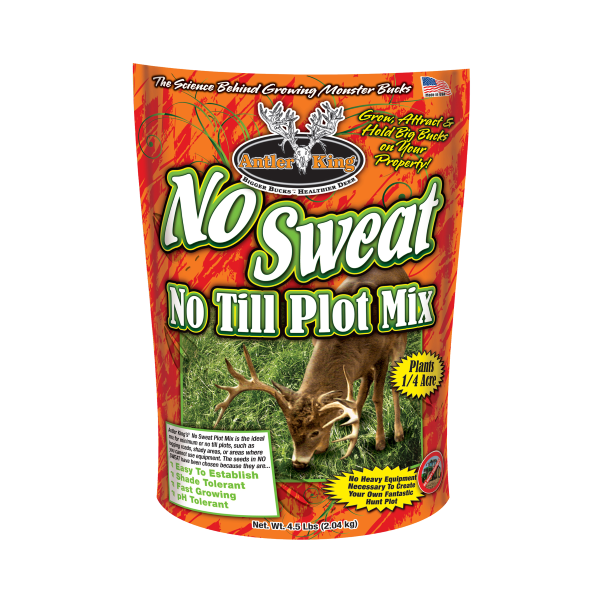
Image from AntlerKing.com
For shady plots or areas that are harder to get to (i.e. no plow or no maintenance food plots), Antler King's No Sweat No Till Plot Mix is the ideal choice. This blend contains a mixture of easy-to-grow rye, oats, brassica and clover, which works well in acidic or sandy soil, requires little moisture and is shade resistant. Simply sow the seeds by hand or with a spreader, and let nature take care of the rest.
Summary
With the help of a good seed blend, plus a little luck and a bit of sweat, you can easily be hunting in your own food plot this next season. Anyone can grow a productive food plot, as long as you take the time to find the best food plot for deer in your area.


